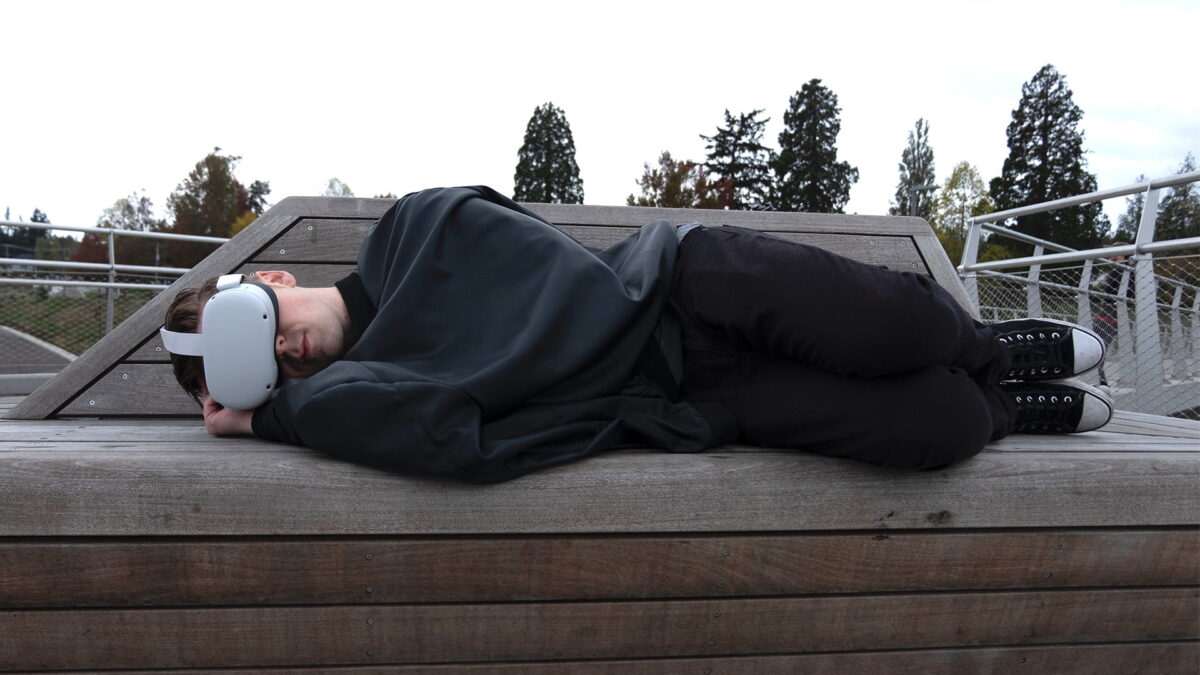Quest 2 could get a "laying down mode" for more laid-back VR

The next update for Meta Quest 2 is supposed to bring two long-overdue features: a "laying down mode" and digital touch panels.
This is according to the findings of Samulia, Quest's data collector. In the beta version of the next firmware update, number 49, Samulia found evidence of several new features: a "laying down mode", interactive touch panels, and the ability to switch to hand control by gently pushing the touch controllers together twice.
Meta releases firmware updates monthly, and the last update appeared at the end of November. It is therefore very likely that Update 49 will be distributed soon.
Sitting, standing, walking, lying down
We do not know for sure yet, but it is conceivable that users will be able to better align the user interface with the ceiling with the "laying down mode". It remains to be seen whether this will also be possible for VR apps. If I recall correctly, Oculus Go only supported the former and did away with the latter to avoid VR nausea.
The reclining mode is probably not just for convenience. Meta may also have introduced it for accessibility reasons, i.e. for people who have temporary or permanent difficulties with sitting, standing, or walking.
Meta Quest v49 PTC datamine shows references to:
▫️a "laying down mode".
▫️an interactive panel touch mode
▫️an ability to double tap controllers together to switch to hand tracking pic.twitter.com/QbV6gNOvb1
AdAd- Brad Lynch @ CES 2023 (@SadlyItsBradley) January 7, 2023
Thanks to the new mode, it might also be easier to fall asleep in VR in the future. Provided that you use the standard headband mount. Anything else would be quite uncomfortable.
Update 49 should also bring more VR performance
The second innovation is experimental and allows users to interact more directly with the user interface: You will be able to tap on its elements or scroll through them by touching them with your fingers (via hand tracking) or the controllers. Up to now, interactions have only been possible from a distance via a digital laser pointer.
The next update could also bring native support for the performance boost that Meta introduced at the end of 2022.
Meta Quest 2 and Meta Quest Pro recently started benefiting from a higher GPU clock limit, which is activated by default with Update 49, according to Meta engineer Neel Bedekar. Previously, you had to press the power button twice (i.e., turn the device on and off) in VR apps to activate the additional performance. This limitation is supposed to be removed with the next update.
Note: Links to online stores in articles can be so-called affiliate links. If you buy through this link, MIXED receives a commission from the provider. For you the price does not change.